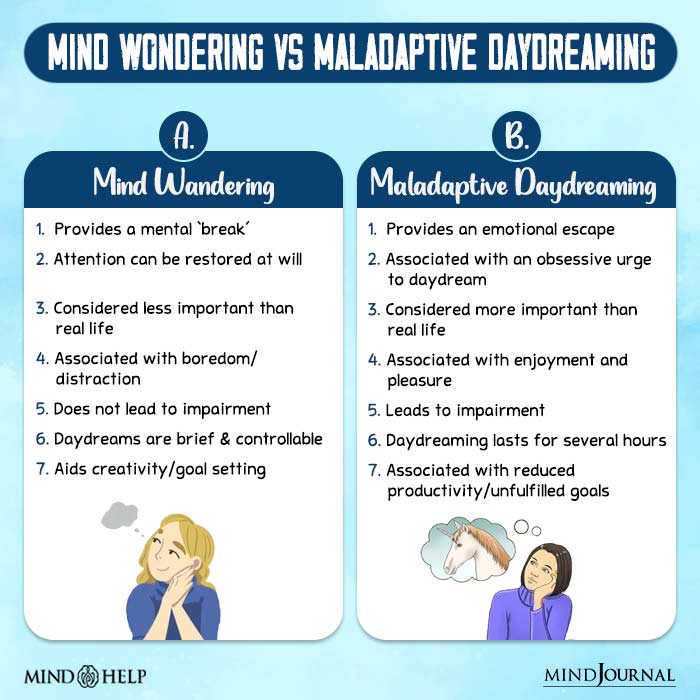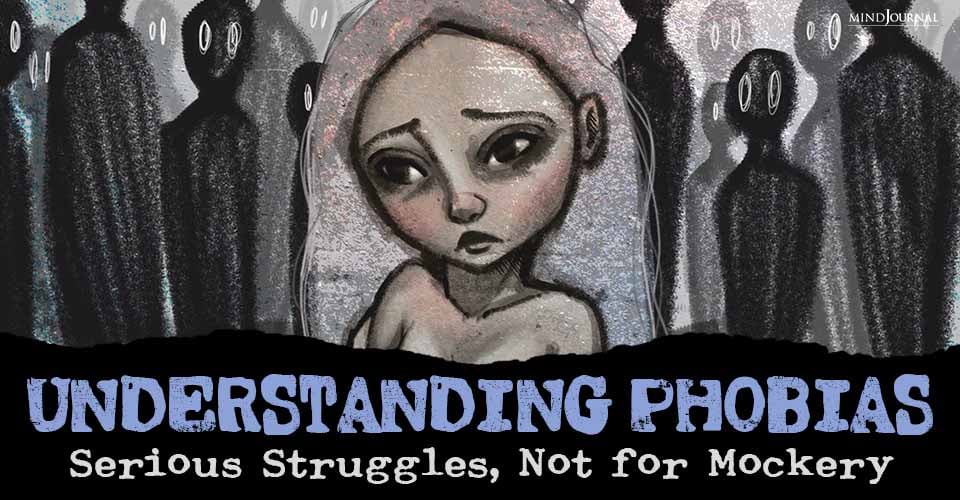If you frequently find yourself lost in your thoughts, consider learning about maladaptive daydreaming disorder to help yourself from being trapped in your imagination!
Taking a few moments to daydream can help a person take a break from reality and think more creatively or even solve problems. But when it goes too far, it becomes maladaptive daydreaming — an unhealthy preoccupation that can disrupt everyday life and damage relationships. Let’s learn more about it!
Read more here: The Fantasy Addict: 3 Signs To Watch For and How To Recover
What is Maladaptive Daydreaming Disorder?
Dr. Eli Somer first used the words maladaptive dreaming in 2002 to describe a condition wherein an individual spends far too much of their time in daydreams which interferes with living normally.
Those who have it often have intricate imaginary worlds complete with characters and sometimes even complicated plots. These daydreams are not just very engaging but also fun; however, they can cause one to ignore their real-life relationships, duties, and self-care.

Maladaptive Daydreaming Symptoms: 5 Signs You Get Into Your Head Frequently
1. Excessive Time Spent Daydreaming
You might spend several hours on end dreaming and it stops you from doing your daily work, then that may be one of the maladaptive daydreaming symptoms.
2. Difficulty Controlling Daydreams
Even when you want to concentrate on something important, you may feel a strong urge to dream. It may make you anxious or uncomfortable if you try to resist it.
3. Interference With Your Ordinary Life
Your work, school, or social life is interfered with by your dreams. You might miss deadlines, lack concentration, or even stay away from people to continue with your fantasies.
4. Preferring Day Dreams Over Real Life
The imaginative world created during fantasizing may become more interesting than reality itself hence you begin to avoid friends, and family members as well as activities they used to enjoy.
5. Complex fantasies
Daydreams are usually very detailed and complex; they have recurring characters, different plots, or even worlds that are visited often by the dreamers themselves. For example, you might dream about a parent dying and how you would react to it. You may even get sad or depressed in reality.
Why Do People Develop Maladaptive Daydreaming?
There are many causes behind this type of daydreaming. For some, it is a means of dealing with stress, trauma, or dissatisfaction with real life. Others use it as a way to feel the thrill and pleasure that they don’t get in their daily lives.
Specific personality traits such as creativity and having a vivid imagination may make someone more susceptible to this disorder.
This can be very harmful, unlike harmless occasional daydreaming. It can lead to procrastination, neglecting personal or professional responsibilities, and even social isolation from friends who don’t understand why you’re always lost in your mind.
Over time people might start feeling guilty about how much time they’ve wasted through daydreams but still find themselves unable to stop.
So, if you relate to the symptoms mentioned above, we’ll help you learn how to stop maladaptive daydreaming in 5 simple steps.
How To Stop Maladaptive Daydreaming?
1. Self-Awareness
The initial step is to realize that you are excessively and problematically daydreaming. Keep a record, noting both the amount of time you spend daydreaming and the situations that provoke it.
2. Establish Limits
Designate certain times for day-dreaming. Allow yourself brief, scheduled periods to indulge in fantasy, but establish clear boundaries so it does not infringe on necessary activities.
3. Stay Present
Engage in activities that require full mental and physical presence. Exercise, hobbies, socializing, or tasks demanding concentration can help alleviate the inclination to daydream.
4. Mindfulness and Meditation
Practicing mindfulness or meditation can keep you rooted in the present moment and decrease compulsive escape into fantasies.
5. Set Realistic Goals
Refocus your imagination and creative energy toward real-life goals or projects. This will provide purposeful achievement which reduces the appeal of idle fancy
Moving Forward…
Being a dreamer or imaginative is not at all bad. It is a great quality that promotes originality and critical thinking. However, when fantasies become maladaptive they produce negative feelings which may harm the individual.
Getting it under control will help you regain your time and attention so that you can appreciate both reality and inner life more as well.
Read more here: Overactive Imagination: How to Tame Your Wild Thoughts and Channel Your Creative Genius
Share your thoughts about this in the comments below!
Frequently Asked Questions (FAQs)
What is maladaptive daydreaming?
Maladaptive daydreaming is a disorder characterized by excessive fantasizing that disrupts everyday activities.
What causes maladaptive daydreaming?
people may have maladaptive daydreaming often include trauma, solitude or use it as a way of dealing with stress.
How common is maladaptive daydreaming?
Approximately 4% of the world’s population is believed to suffer from this condition.










Leave a Reply